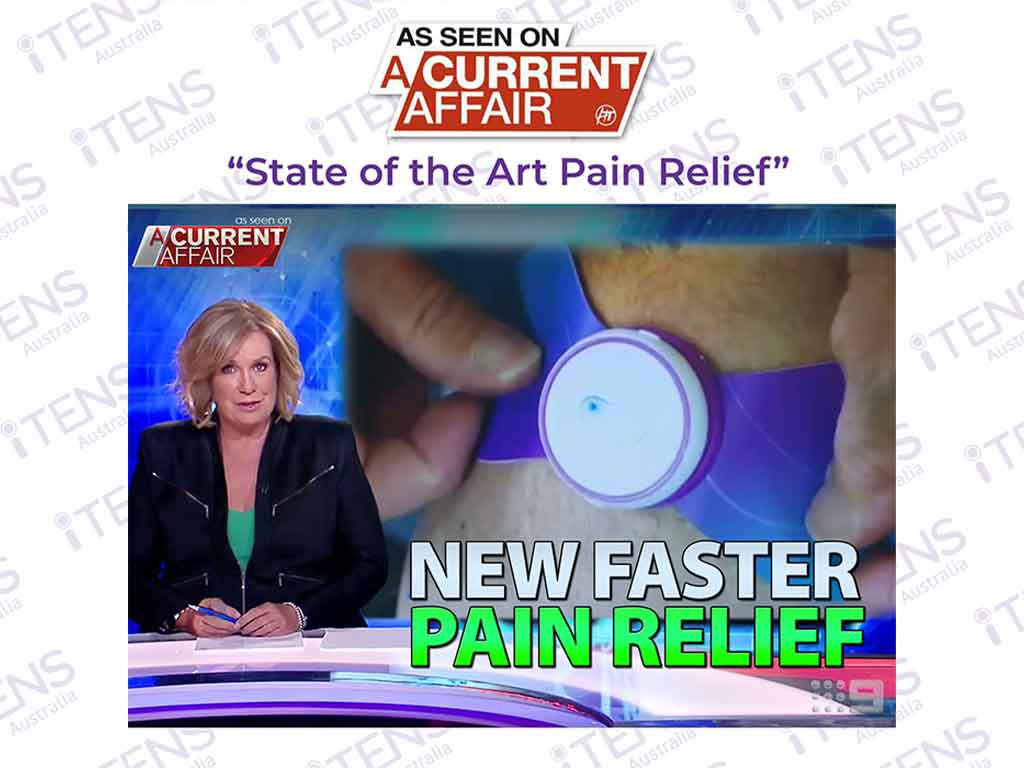
Understanding the causes of aches and finding effective treatment methods for pain relief are crucial for improving overall well-being. Aches can be caused by various factors, such as inflammation, injury, or nerve damage. By understanding the root cause of the pain, individuals can seek appropriate treatment options. These may include pain medications, physical therapy, heat or cold therapy, or TENS therapy. However, people should consult a health professional for accurate diagnosis and effective treatment plans.
Pain often denotes feelings of physical or emotional discomfort. The body naturally responds to possible or actual harm, sending out a cautionary signal to safeguard oneself and encourage recovery. Additionally, pain plays a pivotal role in people’s lives by aiding in the recognition of injuries or illnesses demanding treatment. Understanding and managing pain becomes a crucial necessity to maintain overall well-being and ensure a quality of life. This article will present the causes of pain and various treatment methods.
Common Causes Of Discomfort In Need Of Pain Relief
Individuals of all ages commonly experience pain due to various factors. One of the factors causing pain is inflammation, which arises when the body’s immune system reacts to injury or infection. Chronic conditions like rheumatoid arthritis can result from inflammation. Healthcare professionals commonly manage these conditions by employing pain-relieving medications.
Another significant cause of pain is injuries, which can appear in diverse forms, such as muscle strain, sprains, and fractures. Physical trauma frequently gives rise to acute pain, a usually short-term discomfort demanding immediate attention and pain relief. Health professionals frequently recommend physical therapy to individuals with injuries. This method assists in restoring mobility and reducing pain by addressing muscle tension and enhancing strength.
Additionally, nerve damage can cause long-lasting and very painful sensations. Conditions like nerve entrapment, neuropathy, and sciatica have the potential to continuously transmit pain signals, resulting in chronic pain. Doctors often prescribe medications like corticosteroid drugs and nerve-specific pain relievers to manage this form of discomfort effectively.
Pain Classification
Acute pain is a brief and sharp discomfort resulting from injury or illness. Examples include:
- Post-surgical incision: pain and discomfort at the site of a surgical cut or wound.
- Toothache: a throbbing pain in the tooth caused by infection or decay.
- Muscle strain: a sudden, sharp pain in a muscle.
Chronic pain persists over an extended period and is often associated with underlying medical conditions. Examples include:
- Lower back pain: often stems from issues like herniated discs.
- Osteoarthritis: joint pain resulting from the degeneration of cartilage between bones.
- Diabetic neuropathy: characterised by burning, tingling, or numbness as a result of diabetes-related nerve damage.

Relieve Pain Through Medications
Health professionals commonly utilise medications to manage various types of pain, whether acute or chronic. Medications effectively alleviate discomfort, decrease inflammation, and enhance the quality of life for individuals enduring mild to severe pain. They work by targeting pain signals within the body, offering pain relief for those experiencing discomfort.
People may use several types of medications to alleviate pain. For instance, nonsteroidal anti-inflammatory drugs (NSAIDs) like naproxen sodium function by diminishing inflammation and inhibiting the production of prostaglandins. Furthermore, doctors recommend muscle relaxants to alleviate muscle tension and reduce pain caused by spasms and strains. In situations of heightened pain intensity, individuals might receive a prescription for strong pain relievers like opioids.
When considering the use of pain medications, people should consult with a healthcare professional. Prescription medications may be necessary for chronic pain conditions, but they should be used under medical supervision. Moreover, individuals need to consider the potential side effects of pain medicines. In some cases, doctors might suggest complementary therapies to be used alongside medications.
Safety Precautions When Taking Medicines
When addressing pain, medication becomes a valuable ally. Nevertheless, taking safety precautions to safeguard well-being and prevent potential risks is essential. People must adhere to the recommended dosage and instructions given by healthcare professionals or stated on the packaging. Exceeding the prescribed amount can result in severe health repercussions.
Moreover, individuals should be mindful of potential drug interactions. Some medications can interact with each other and cause adverse effects or reduce the effectiveness of one or both medications. To ensure safety, people must inform their healthcare provider of their current medications, allowing the provider to give appropriate guidance.

Complementary Strategies For Pain Relief
Complementary strategies, when combined with conventional medical treatments, can offer effective relief and enhance overall well-being. Firstly, physical therapy emerges as a potent approach to pain management. Physical therapists evaluate and address pain-causing conditions like muscle tension or joint pain. Employing various techniques like exercises can diminish pain, enhance flexibility, and expand range of motion.
Secondly, heat or cold therapy offers relief for mild to moderate pain. Applying a heating pad or hot pack to sore muscles can help relax the muscles, improve blood circulation, and alleviate pain. On the other hand, using ice packs or cold compresses can numb the area, reduce inflammation, and ease pain.
Lastly, Transcutaneous Electrical Nerve Stimulation (TENS) therapy is an effective option for pain relief. TENS units, like iTENS, deliver low-voltage electrical currents through electrodes placed on the skin. It stimulates the nerves to help disrupt pain signals, providing temporary relief. Moreover, TENS therapy provides a non-invasive and drug-free approach that can be used alongside other pain management techniques.
When To See A Doctor
When experiencing pain, people should know when to see a doctor. In general, if pain persists for an extended period, consulting a health professional is advisable. This proactive approach ensures timely diagnosis and effective management of any underlying concerns.
Another situation in which seeing a doctor is advisable is when pain medication and home remedies are not providing relief. While over-the-counter pain relievers can manage mild to moderate pain, they might not address the root cause. In some cases, prescription medications or alternative treatment options may be necessary. Overall, knowing when to seek medical assistance is an important component of pain management.
Conclusion
A comprehensive approach to pain relief includes a range of factors and strategies. Inflammation, injuries, and nerve-related discomfort are common causes of pain, often managed through pain-relieving medications. NSAIDs, muscle relaxants, and opioids are among the options. Additionally, complementary strategies offer additional relief and enhance overall well-being when integrated with conventional treatments. These include physical therapy, heat or cold therapy, and TENS therapy. By combining these different methods, people can effectively ease their pain and make their lives better.
Prioritising safety and seeking appropriate medical guidance are important aspects of effective pain management. Adhering to recommended dosages, understanding potential drug interactions, and consulting healthcare professionals contribute to the safe use of medications. Additionally, recognising when to seek medical assistance for enduring pain or when treatment methods prove ineffective ensures prompt and timely care. By following these precautions, people can handle their pain responsibly and make themselves feel better.




















